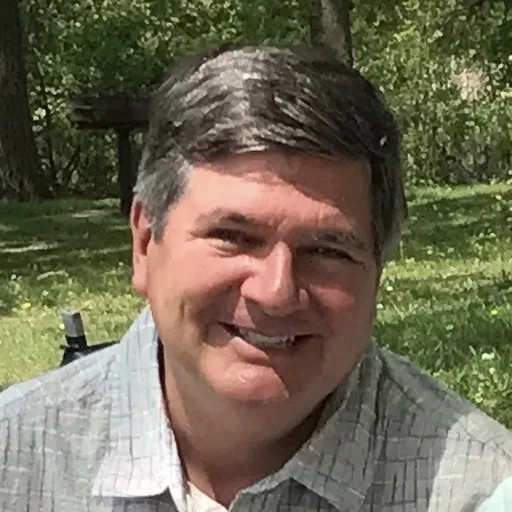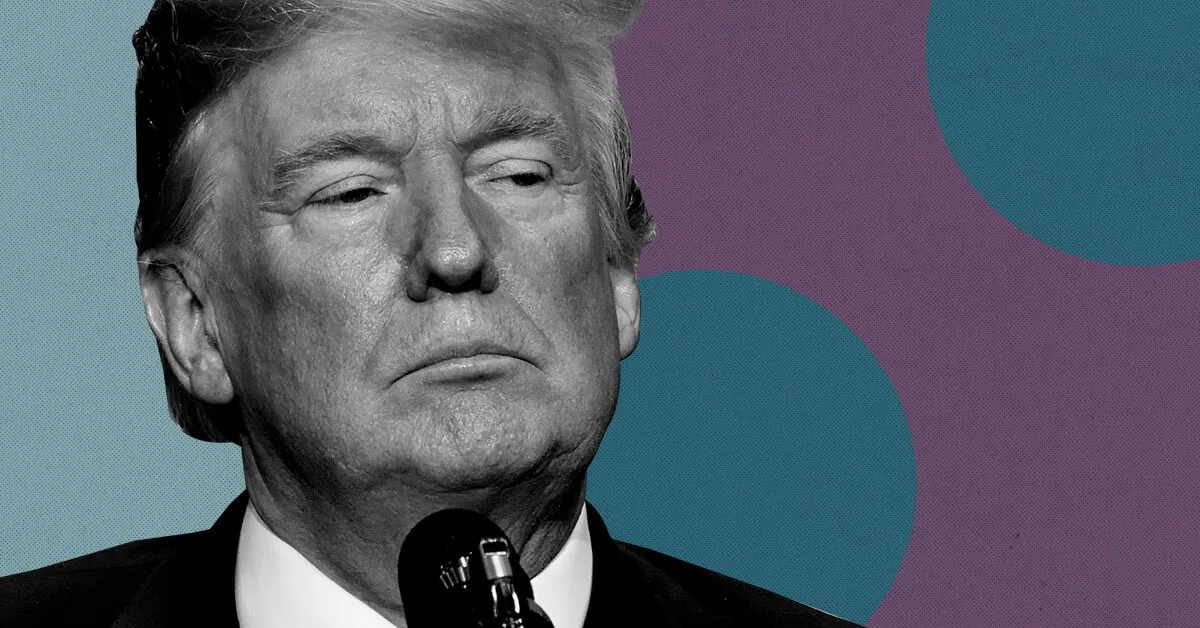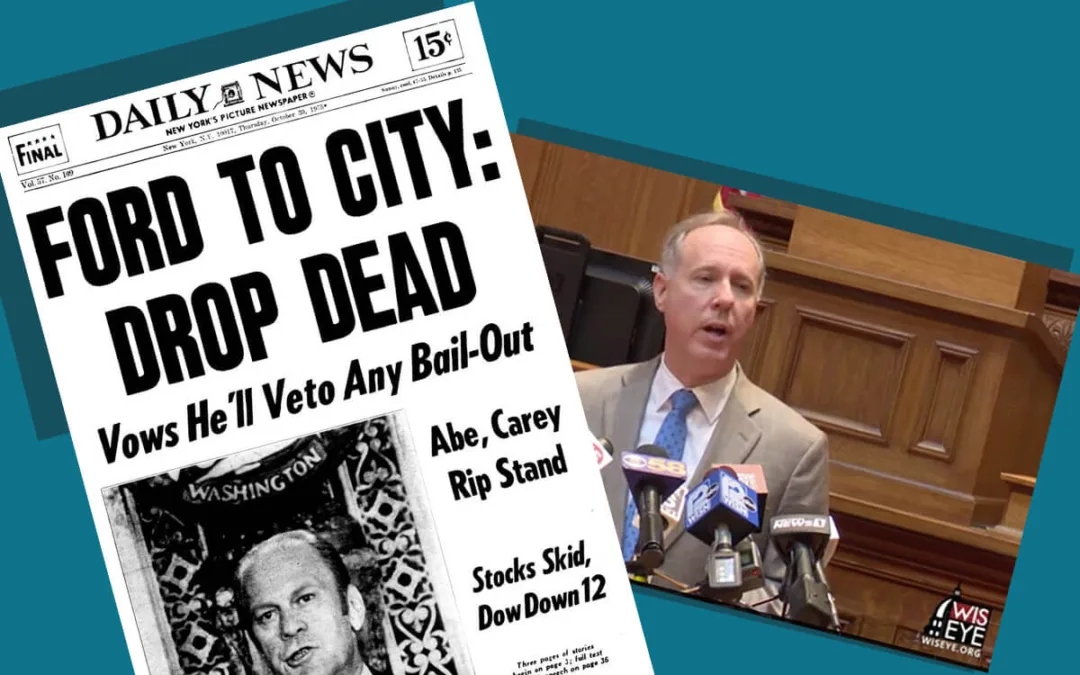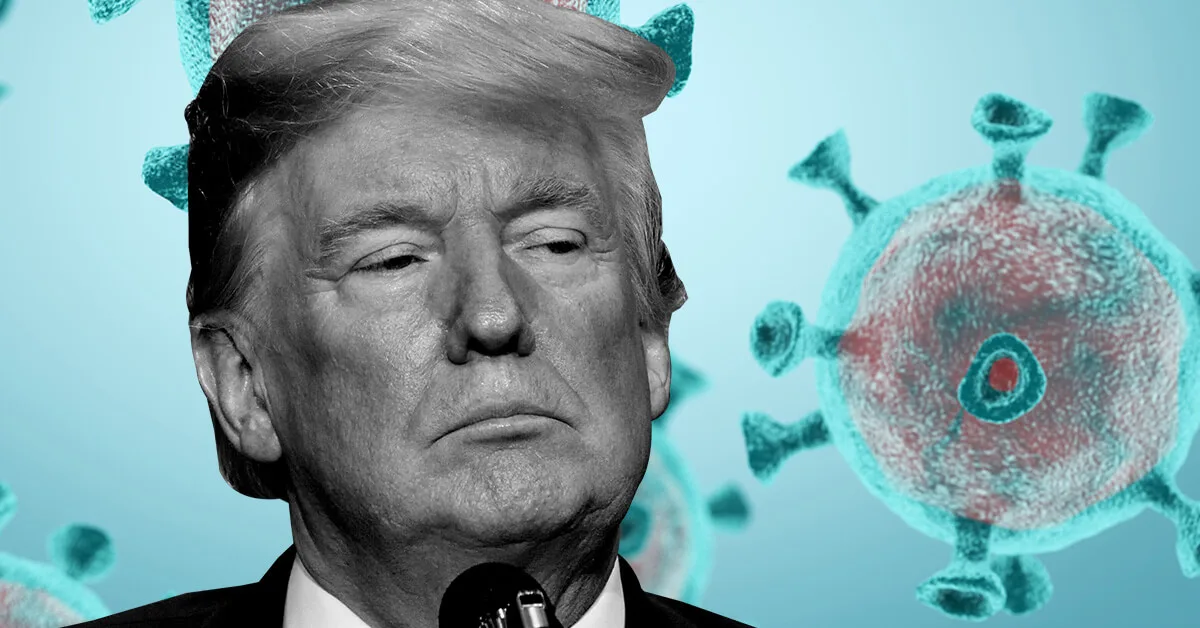
#image_title
#image_title
If even a president can catch the coronavirus, will some people change the behaviors responsible for a spike in cases and deaths?
The daily numbers of new coronavirus infections in Brown County have started coming in the hundreds. 238 on Tuesday. 313 on Wednesday. 260 on Thursday. Starting Sept. 9, the daily number rarely dipped under 100. The daily figures eclipsed what was seen in early May when COVID-19 cases were spreading across the community of meatpacking employees. On Friday afternoon, the county will either report its 10,000th infection or something very close to it.
And yet President Donald Trump was still planning on coming.
Saturday night’s planned appearance in Green Bay would not be deterred by Wisconsin setting daily records for coronavirus-related cases, deaths, and hospitalizations. Nor by school closings. Nor by pleas from civic and medical leaders.
The Trump campaign was continuing to prepare for an airport appearance where, as in past stops in Oshkosh and Mosinee, his supporters would cram together for hours, most without face masks, to see a president who eschewed, minimized, and even belittled the masks that evidence shows to be so extremely effective.
If the president’s overnight revelation that he has COVID-19 leads to a genuine quarantine and a cancelation of the Green Bay rally—as well as a Janesville event organized at the last moment as a replacement for La Crosse—there’s no telling how many more cases of coronavirus will have been avoided in a region where hospitals are rapidly reaching their limits.
The impact may reach far beyond Rock and Brown counties if it changes the behavior of coronavirus skeptics in corner taverns and capitol corridors as they learn what has happened to the skeptic-in-chief.
National media outlets that once reported solely on Wisconsin’s swing-state status in the presidential election have now taken note of how the pandemic not only failed to heal political tensions here but has exacerbated them. Politico tells its readers this week about how Republicans have repeatedly turned to courts to fight safeguards imposed by Democratic Gov. Tony Evers. The New York Times on Thursday captured the exasperation of Wisconsin voters who now disagree on the science of a pandemic as easily as they would differ on taxes, immigration, or favorite fishing lures.
Where a state’s residents once pulled together and sheltered in place to ride out the virus as they would a blizzard or a tornado there is now an odd, new self-imposed segregation between those who remain largely confined as a safety measure and those who are again crowding together to watch football, demanding a reopening of school classrooms, and even threatening public health officials who are trying to keep a population from weaponizing itself.
Will seeing a president sidelined, maybe even sickened, be enough to convince more Wisconsinites to wear a mask, curb their social calendars, even restore their willingness to see scientists as scientists rather than campaign conspirators?
Perhaps the person to ask is Wisconsin Supreme Court Chief Justice Pat Roggensack.
During oral arguments about whether the court should strike down Gov. Tony Evers’ extension of quarantine safeguards, the point was made by Assistant Attorney General Colin Roth that Brown County was providing a real-time example of how quickly the coronavirus can spread beyond a workplace and into the greater community. In ultimately striking down the safeguards, Roggensack casually dismissed the concern of flare-ups based on nothing more than the type of workplace and its workers.
“Due to the meat plants .. that’s where Brown County got the flare,” said Roggensack. “It wasn’t just the regular folks in Brown County.”
But it turned out the “regular folks” in Brown County did not have immune systems greater than those of a mostly immigrant meatpacking workforce. Nor, it turns out, does a president, guaranteed to have perpetual access to state-of-the-art medical attention.
Perhaps we are finally coming to the end of a nearly year-long national charade. By President Trump’s own admission, he was told early on about the seriousness of the virus but chose to “play it down.” That decision, which will perplex historians in perpetuity, has led COVID-19 to become the third-leading cause of death in the United States this year, eclipsing injuries, accidents, lung disease, and everything else except heart disease and cancer.
By comparison of the death rates in countries that took more aggressive measures to reduce the speed of the outbreak, it’s estimated that at least 100,000 deaths in the United States could have been prevented. Someone smarter than me will have to extrapolate the number of Wisconsin loved ones who should still be with us.
The 1 million deaths worldwide and the 207,000 here in the United States have not been enough to change the mindset of those who react to such a staggering loss with the same ease as Trump when he said, “It is what it is.” Far too many people have to experience a phenomenon first-hand before they will acknowledge its existence or its impact.
For that to happen with the coronavirus, statisticians say it will take anywhere from 546,000 to 1.6 million US deaths for every American to personally know at least one victim who died from COVID-19, depending on how you calculate the number of people we each claim to “know.”
We don’t all know the president of the United States personally, but maybe knowing that even he can’t avoid catching a potentially deadly virus will remind more of our neighbors that every one of us is a potential next carrier, or victim, until more of us stop doing the things that allow a virus to spread on Air Force One as easily as it spreads from a rally attendee to the rest of their community.
Politics
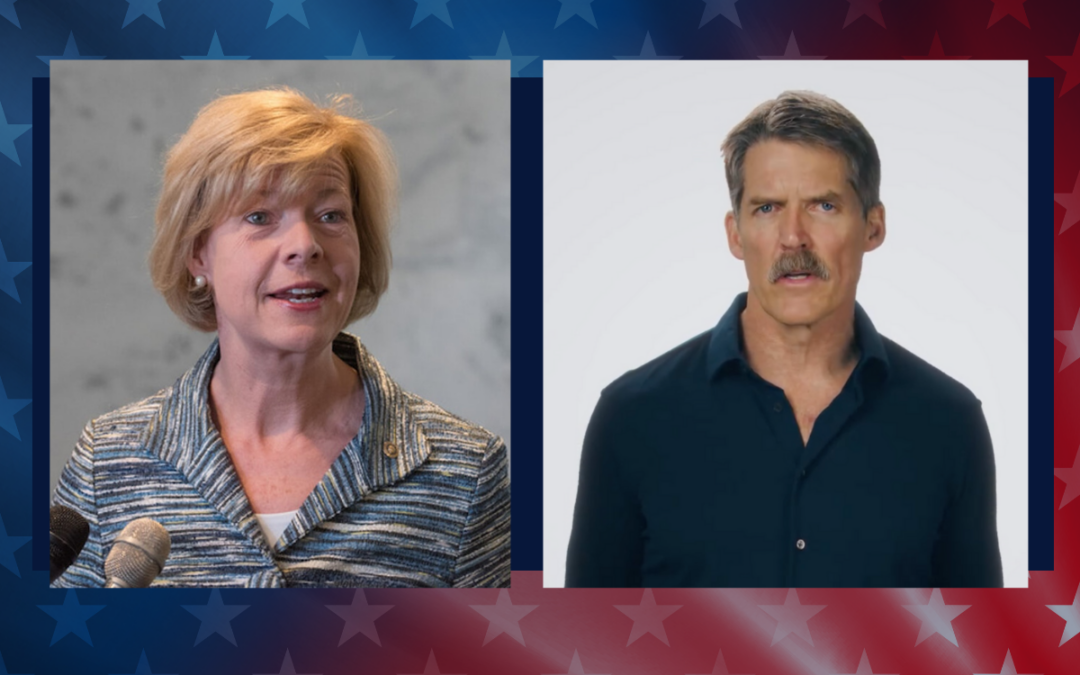
What’s the difference between Eric Hovde and Sen. Tammy Baldwin on the issues?
The Democratic incumbent will point to specific accomplishments while the Republican challenger will outline general concerns he would address....
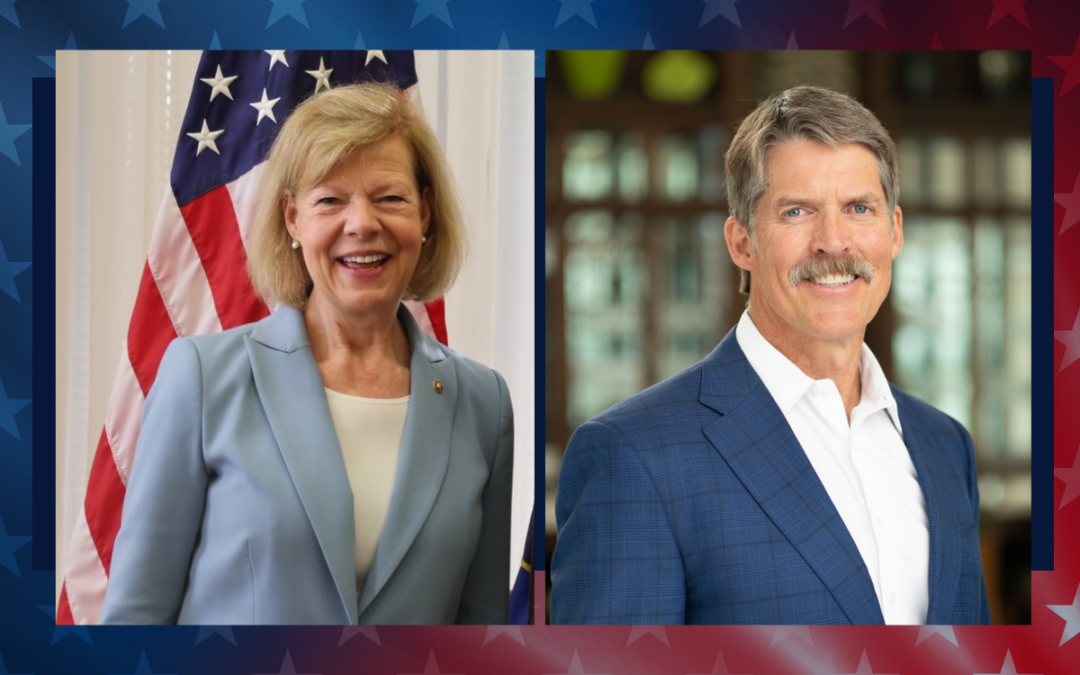
Who Is Tammy Baldwin?
Getting to know the contenders for this November’s US Senate election. [Editor’s Note: Part of a series that profiles the candidates and issues in...
Local News

Stop and smell these native Wisconsin flowers this Earth Day
Spring has sprung — and here in Wisconsin, the signs are everywhere! From warmer weather and longer days to birds returning to your backyard trees....

Your guide to the 2024 Blue Ox Music Festival in Eau Claire
Eau Claire and art go hand in hand. The city is home to a multitude of sculptures, murals, and music events — including several annual showcases,...

